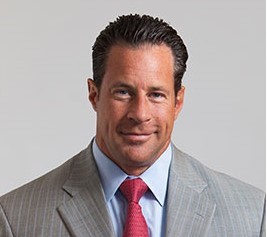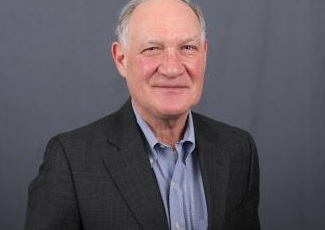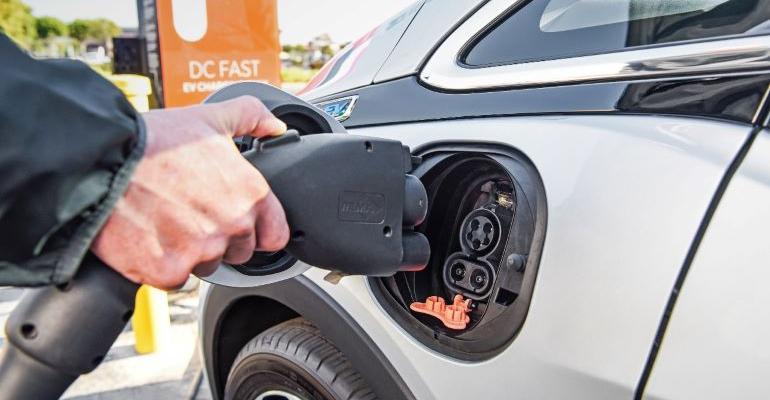The auto world is alive with the buzz of EVs.
General Motors vows to offer 20 electric-vehicle models by 2023.
 Ford plans an e-Mustang, due out later this year.
Ford plans an e-Mustang, due out later this year.
Volkswagen is all-in with EVs, in part because its once-ambitious diesel strategy scandalously drove off the cliff to the rocks below.
Rivian, which describes itself as an EV startup on “a mission,” is working on an all-electric pickup truck with 400-mile (720-km) range. (Note: That’s predicated on an empty bed, not a full payload.)
Yes, it seems like everyone is plugging into the EV age.
Everyone except for consumers.
Oh, a few of them are into e-vehicles, and even buy them. Tesla leads the sales pack, yet still struggles to make money. Its buyers are brand-loyal and affluent enough to afford a luxury EV from a company led by a charismatic yet quirky genius who’s also into space travel and subterranean tunnel transportation.
But the vast majority of car consumers is uninterested in buying a battery-electric, plug-in hybrid-electric or even a hybrid vehicle. Nor are many people willing to pay the extra money for them.
Reid Bigland, former head of Fiat Chrysler Automobiles’ U.S. sales, says the buying public might warm up to EVs if they offered mileage range like what a tank of gasoline gives, reliability (including long-term battery life) and a price point that draws mainstreamers.
 “The industry has to come up with EVs that are more appealing to consumers,” he says during a webinar put on by the Automotive Press Assn. and Society of Automotive Analysts. (Reid Bigland, left)
“The industry has to come up with EVs that are more appealing to consumers,” he says during a webinar put on by the Automotive Press Assn. and Society of Automotive Analysts. (Reid Bigland, left)
He adds: “To date, consumers have found the vast majority of EVs as unacceptable, or they’re just not interested in them.” Probably the latter, because some of today’s EVs are impressive products. It’s just that the general public doesn’t know that. Or seem to care.
Veteran sales executive Bigland does the math:
In 2010, the auto industry offered 37 EV versions, averaging 7,405 sales per model, led by the Toyota Prius hybrid.
In 2019, the market offered 88 EV versions, averaging 8,261 units per model. Take Tesla out of the picture, and the average drops to 6,432.
That’s way low.
“In my experience, any new vehicle that sells less than 10,000 is an unmitigated disaster,” Bigland says.
EVs are up against vehicles with internal-combustion engines that have billions of dollars and more than 120 years of research and development going for them. Those so-called ICEs power about 96% of vehicles on American roads.
Looking at alternatives “it is an absolutely tough sell,” Bigland says, asking, “Are consumers willing to pay a $10,000 to $12,000 premium for EVs?” Well, usually it is not that much, but still it’s a premium. And to the issue of consumer willingness, it’s weak.
That’s not to diss EVs. Many on the market today are great. Plenty of them have won Wards 10 Best Engines and Propulsion Systems awards. Those winners and other EVs are agile and quick, with torque delivered straight to the wheels, not via a torque converter.
I like EVs. My Wards colleagues like them. Many people in the industry like them. But the public isn’t buying them. Is that a disconnect, or what?
I ask that of Subaru of America CEO Tom Doll on an “Autoline This Week” edition.
“You’re 100% right,” he says. Like all automakers, Subaru ultimately “will need EVs throughout our product lineup” to comply with the timetable of government emissions and fuel-economy regulations.
Rules are rules. And automakers aren’t known for protest marches.
 “But people don’t seem to accept the (EV) price up,” Doll adds. “They sit at their kitchen table and consider their budget. They’re doing the price up for an EV and most say, ‘It’s just not worth it at this point, with gas prices being so low.'” (Tom Doll, left)
“But people don’t seem to accept the (EV) price up,” Doll adds. “They sit at their kitchen table and consider their budget. They’re doing the price up for an EV and most say, ‘It’s just not worth it at this point, with gas prices being so low.'” (Tom Doll, left)
The extra cost chills some initial EV intenders. As Bigland says, “What consumers want, and what they are prepared to pay for, are two different things.”
In five years, OEM sales will need to include 30% to 40% of EVs to comply with regulations, he says, putting forth a worst-case business scenario. It is this:
To subsidize lowering EV price points, automakers would need to increase MSRPs of models with internal-combustion engines.
OK, but that could affect the affordability of those conventional vehicles, yet still not make EVs inexpensive enough to draw takers. So what would consumers potentially do? “They keep their current vehicle,” Bigland says.
Batteries are the most expensive EV component. Jeff Hemphill, the chief technology officer of German auto supplier Schaeffler’s North American group, once told me the goal of modern technology is to reduce the size of EV batteries, lower their cost and increase their power.
That’s a trifecta, if you can hit it. If you do, well, no one ever bet enough on a winning horse.
For now though, Bigland says, “Battery prices are supposed to go down, but that’s not materializing.”
But there's some hope.
 Rachel Pierson is vice president and global director of strategic accounts at Zeta, a marketing-platform firm that works with automakers such as BMW and Volvo to provide consumer EV perspective. She tells me interest in EVs is rising, citing various factors such as website visits. That doesn't necessarily equate to buying them, but it's a start. (Rachel Pierson, left)
Rachel Pierson is vice president and global director of strategic accounts at Zeta, a marketing-platform firm that works with automakers such as BMW and Volvo to provide consumer EV perspective. She tells me interest in EVs is rising, citing various factors such as website visits. That doesn't necessarily equate to buying them, but it's a start. (Rachel Pierson, left)
“They have become a more enticing prospect in recent years,” she says. “The old ones looked like golf carts.” The new ones are efficient, well-designed, well-appointed and increasingly affordable, she says.
The lack of an extensive charging network remains an issue, especially in the U.S., she says. “Infrastructure will have to be self-sustained.”
Bigland calls a spotty EV infrastructure “another impediment.” He also questions who would pay for it. He’s pretty sure the public sector won’t.
“Electrification will be the major OEM challenge going forward, as consumer acceptance remains low and government regulations remain stringent, and there’s no chatter about significantly loosening those,” he says.
 Automakers face strong headwinds. But they’ve repeatedly shown ingenuity and survival skills over the years.
Automakers face strong headwinds. But they’ve repeatedly shown ingenuity and survival skills over the years.
And, as Bigland says, “In a strong wind, even turkeys fly.”
(Wards senior editor Steve Finlay, left)





